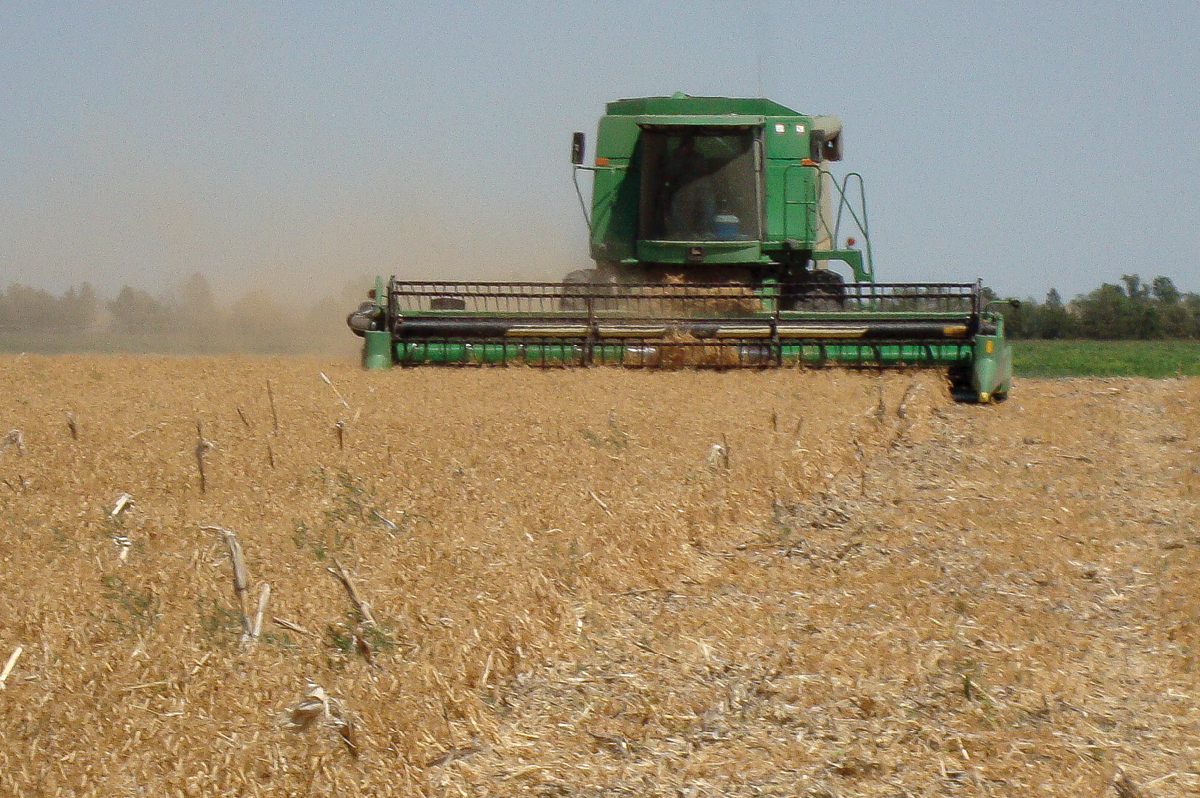Advertise Follow Us
Items Tagged with 'Soil quality'
ARTICLES
A Fighter Pilot Strategy for No-Till Soil Health
How the Air Force OODA Loop four-step strategy can help you improve your soil.
Read More
Free eGuide
Soil Health in Field and Forage Crop Production
A publication to help farmers understand and improve their soil health through no-till systems.
Read More
No-Till Notes
Scout During Harvest To Improve No-Till Benchmarks
Checking no-tilled fields during and after harvest will provide insights into stands, hybrid performance, yield limitations and equipment issues
Read More
Yellow Field Peas Could Boost No-Till Profits In High Plains
Yellow field peas provide High Plains no-tillers with an excellent wheat transition crop that helps build soil quality and, with recent market developments, have the potential for profitability.
Read More







